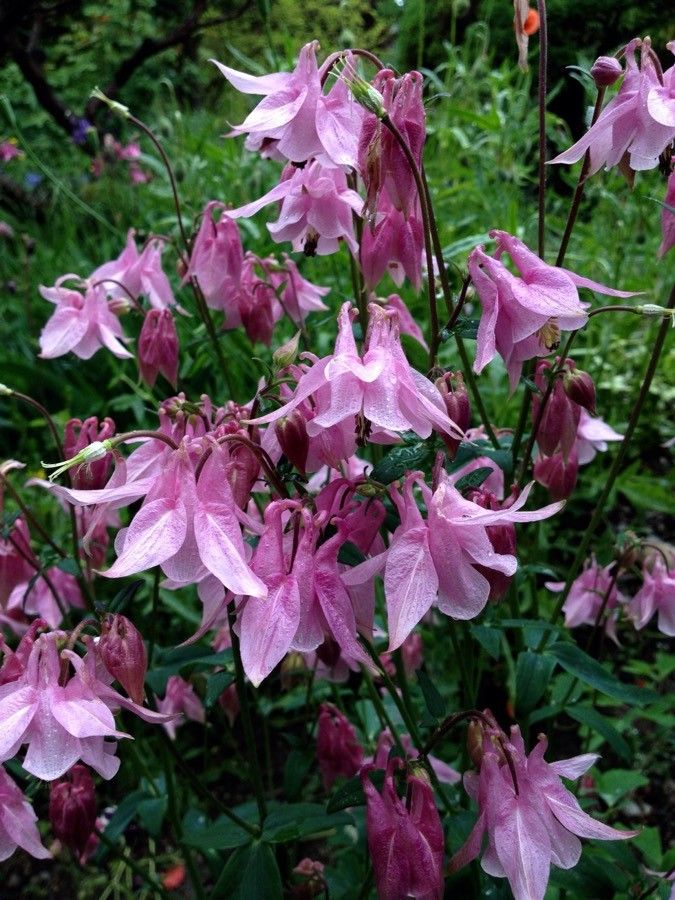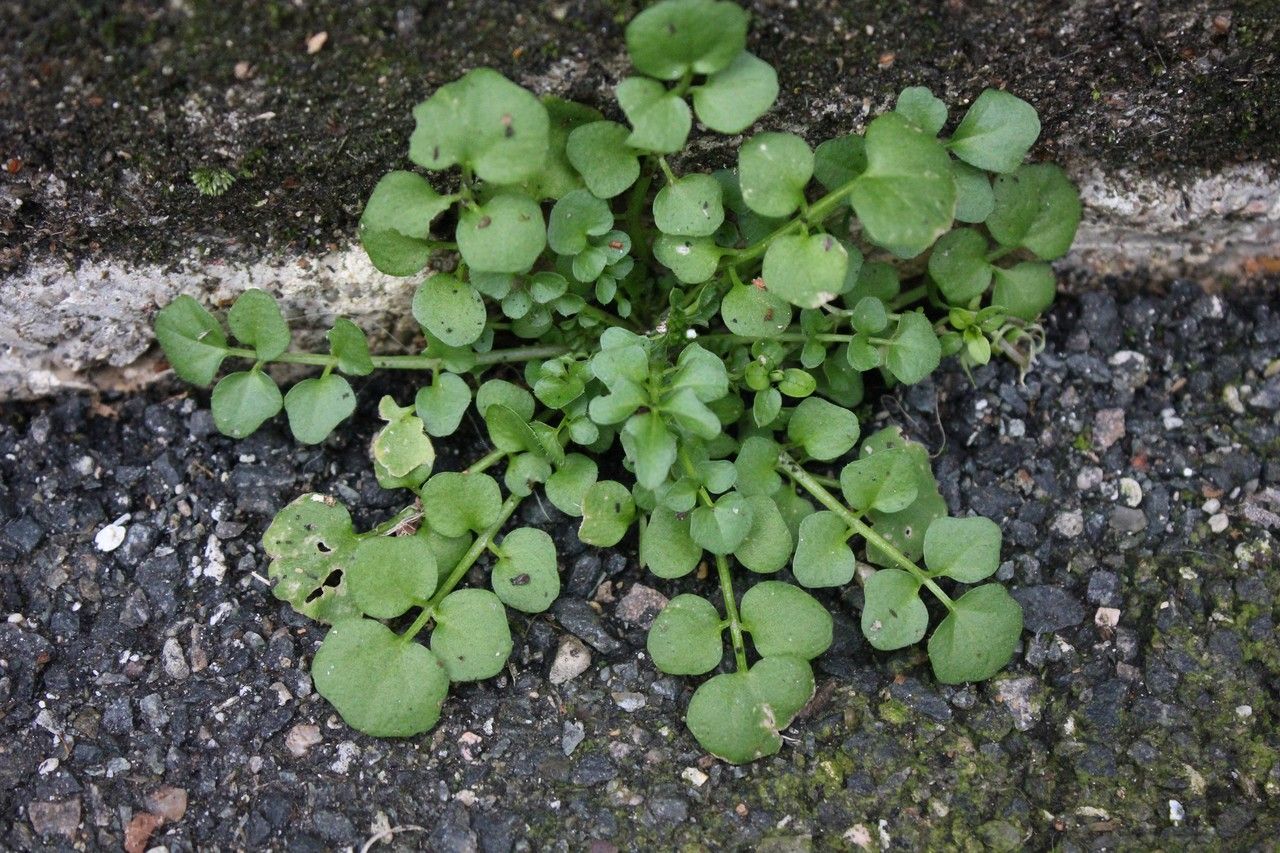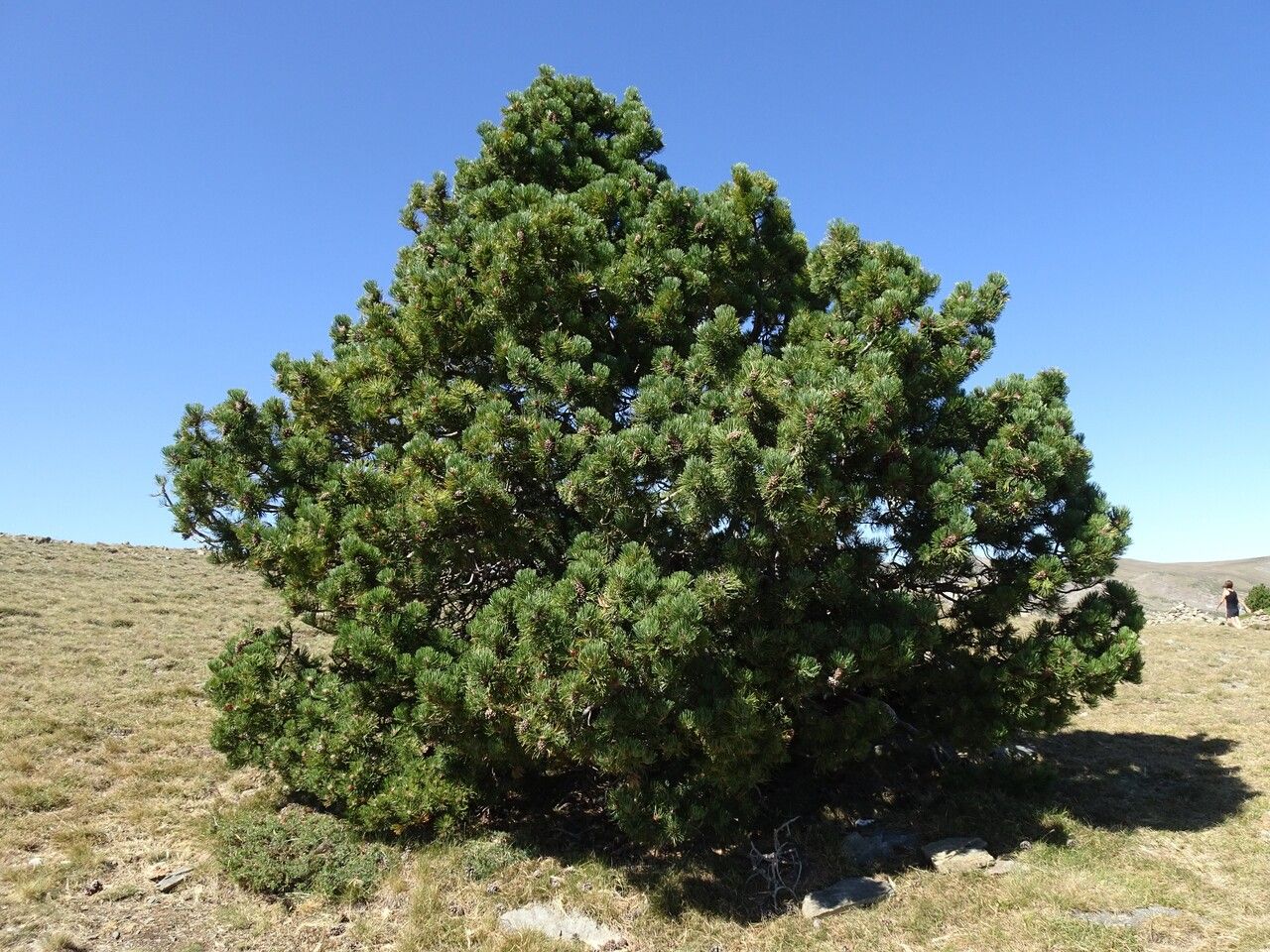### Five-Stamen Mouse-Ear Chickweed: A Comprehensive Guide
The unassuming yet fascinating Five-Stamen Mouse-Ear Chickweed (*Cerastium glomeratum*), a member of the Caryophyllaceae family, often goes unnoticed in its native habitats. This small, flowering plant, with its delicate white blossoms, holds a unique place in the world of botany and possesses characteristics that make it a subject of interest for both amateur and professional botanists.
### Identification
Distinguishing Five-Stamen Mouse-Ear Chickweed from its close relatives requires a keen eye. Key identifiers include its five stamens (hence the name!), its typically clustered flowers, and its hairy, glandular stems. The leaves are opposite, ovate to oblong, and slightly hairy. The petals are deeply notched, adding to its delicate charm. Unlike some similar species, its flowers are typically found clustered together, often forming a dense mat of blossoms.
### Habitat and Growth
Five-Stamen Mouse-Ear Chickweed thrives in a variety of environments, showcasing its adaptability. It's commonly found in disturbed soils, meadows, open woodlands, and even along roadsides. It prefers full sun to partial shade and tolerates a wide range of soil conditions, although well-drained soil is generally preferred. Its ability to colonize disturbed areas sometimes leads to its classification as a weed, especially in cultivated settings. However, in the right context, its ground-hugging nature can create a pleasing, delicate ground cover.
### Sun Exposure and Soil Needs
While adaptable, Five-Stamen Mouse-Ear Chickweed prefers sunny to partially shady locations. The soil should be well-drained; it doesn't tolerate consistently soggy conditions. It's relatively low-maintenance regarding soil type, tolerating sandy, loamy, or clay soils.
### Cultivation and Care
For those interested in cultivating Five-Stamen Mouse-Ear Chickweed, propagation is relatively straightforward. Seed sowing is the most common method, usually done in the spring or autumn. Once established, it requires minimal care, making it a low-maintenance option for gardens or naturalized areas. However, regular deadheading can encourage more blooms. Control in unwanted areas can be achieved through diligent hand-weeding or selective herbicide applications.
### Ecological Significance
Five-Stamen Mouse-Ear Chickweed plays a role in the ecosystem as a food source for various insects and small animals. Its widespread distribution underscores its ecological adaptability and resilience. Further research into its interactions within its habitat is warranted.
### Conclusion
Five-Stamen Mouse-Ear Chickweed, though small and often overlooked, offers a fascinating glimpse into the world of botany. Its unique characteristics, adaptability, and ecological role make it a worthy subject of study and observation for both amateur and professional botanists alike. Whether considered a weed or a delightful ground cover, understanding its characteristics is key to appreciating its place in the natural world.
Five-Stamen Mouse-Ear Chickweed: Complete Guide

Frequently Asked Questions
How to identify five-stamen mouse-ear chickweed?
Look for its five stamens, clustered white flowers with deeply notched petals, and hairy, glandular stems. The leaves are opposite, ovate to oblong, and slightly hairy. These features distinguish it from similar species.
Is five-stamen mouse-ear chickweed invasive?
While adaptable and able to colonize disturbed areas, Five-Stamen Mouse-Ear Chickweed is not generally considered highly invasive. Its spread is manageable through regular weeding or selective herbicide application if it becomes problematic in cultivated settings.


